Bikaner
Echoes of the Desert: A Deep Dive into Bikaner’s Royal History
Nestled in the heart of the Thar Desert, Bikaner, often called the “Camel Country” or “Red City,” stands as a vibrant testament to Rajput valor, architectural splendor, and a strategic past. Its history is deeply intertwined with the Rathore clan, who sculpted this desert oasis into a thriving kingdom.
The Foundation: Rao Bika and the Birth of Bikaner (15th Century)
The story of Bikaner begins in 1488 AD with Rao Bika, the sixth son of Rao Jodha, the founder of Jodhpur. Driven by ambition and a desire to establish his own kingdom, Rao Bika left Marwar (Jodhpur) with a small contingent of loyal warriors. He ventured northwards into the barren lands then known as Jangaldesh.
After years of exploration and strategic alliances with local chieftains, Bika chose a desolate patch of land for his new capital. On a propitious day, he laid the foundation stone for a city named after himself – Bikaner. He also initiated the construction of the first fort, known as the Rati Ghati Fort, a precursor to the magnificent Junagarh. This strategic location allowed Bika to control vital trade routes between Central Asia and the Gujarat ports, laying the groundwork for future prosperity.
The Golden Era: Expansion and Grandeur (16th – 18th Centuries)
The subsequent centuries saw Bikaner flourish under a succession of capable Rathore rulers, who not only expanded its territories but also enriched its architectural and cultural heritage.
-
Raja Rai Singh (1571-1612 AD): This period is considered a golden age for Bikaner. Raja Rai Singh was a trusted general in the Mughal Emperor Akbar’s court. His military prowess and diplomatic skills brought immense wealth and prestige to Bikaner. It was under his reign that the magnificent Junagarh Fort was constructed between 1589 and 1594 AD. Unlike many forts built on hilltops, Junagarh was strategically built on the plains, a marvel of military engineering and intricate artistry. The fort houses beautiful palaces like Karan Mahal, Anup Mahal, Chandra Mahal, and Phool Mahal, showcasing a blend of Rajput, Mughal, and even some Gujarati influences.
-
Mughal Alliances: Like other Rajput states, Bikaner maintained a complex relationship with the Mughal Empire, often forming alliances through matrimonial ties and military service. This interaction led to a significant exchange of art, culture, and administrative practices, leaving a visible impact on Bikaner’s architecture and courtly life.
Challenges and Consolidation (18th – 19th Centuries)
While generally prosperous, Bikaner also faced challenges from internal feuds and external invasions from Marathas and other regional powers. Despite these, the Rathore rulers largely managed to retain their independence and consolidate their power within their desert kingdom. They focused on developing irrigation systems, particularly canal networks, which were crucial for sustaining life and agriculture in the arid region.
The British Era and Modernization (19th – 20th Centuries)
In 1818, Bikaner entered into a subsidiary alliance with the British East India Company, becoming a princely state under the British Raj. This period brought relative peace and stability, allowing for further development.
- Maharaja Ganga Singh (1887-1943 AD): One of Bikaner’s most visionary and influential rulers, Maharaja Ganga Singh is often called a “modernizer.” His reign marked a transformative period. He played a significant role in British India’s political landscape, participating in the Imperial War Cabinet and the Round Table Conferences. Domestically, he initiated massive infrastructure projects:
- Gang Canal (1927): A revolutionary irrigation project that brought water from the Sutlej River to Bikaner, transforming barren land into fertile fields and drastically improving the lives of his people.
- Railway Network: He expanded the railway lines, boosting trade and connectivity.
- Educational Institutions: Promoted modern education and healthcare facilities.
- Lalgarh Palace: A grand palace built during his reign, combining traditional Rajput, Mughal, and European architectural styles.
Independence and Beyond (Post-1947)
Upon India’s independence in 1947, the princely state of Bikaner formally acceded to the Union of India. The royal family continues to be highly respected, maintaining its legacy through various cultural and philanthropic endeavors.
Today, Bikaner stands as a city proud of its heritage, known for its majestic Junagarh Fort, the impressive Lalgarh Palace, the unique Karni Mata Temple (Rat Temple) in Deshnok, and its vibrant camel festival. Its history is a captivating narrative of resilience, royal patronage, and adaptation in the harsh desert environment.
- Destination Bikaner
- How to Reach Airport / Railway Station / Bus Stand
- Included Food Hotel Stay
- Not Included Monumental Charges

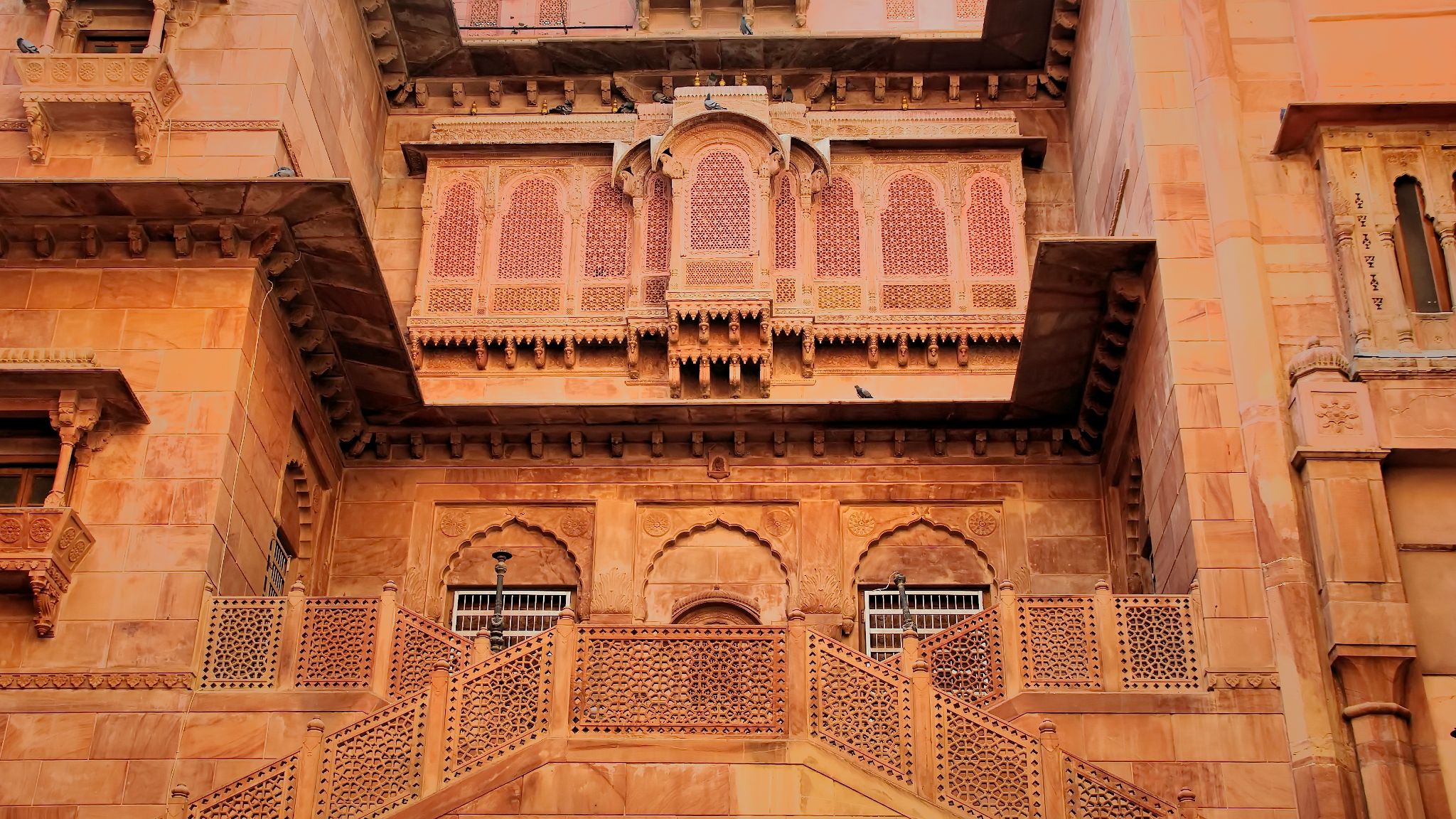
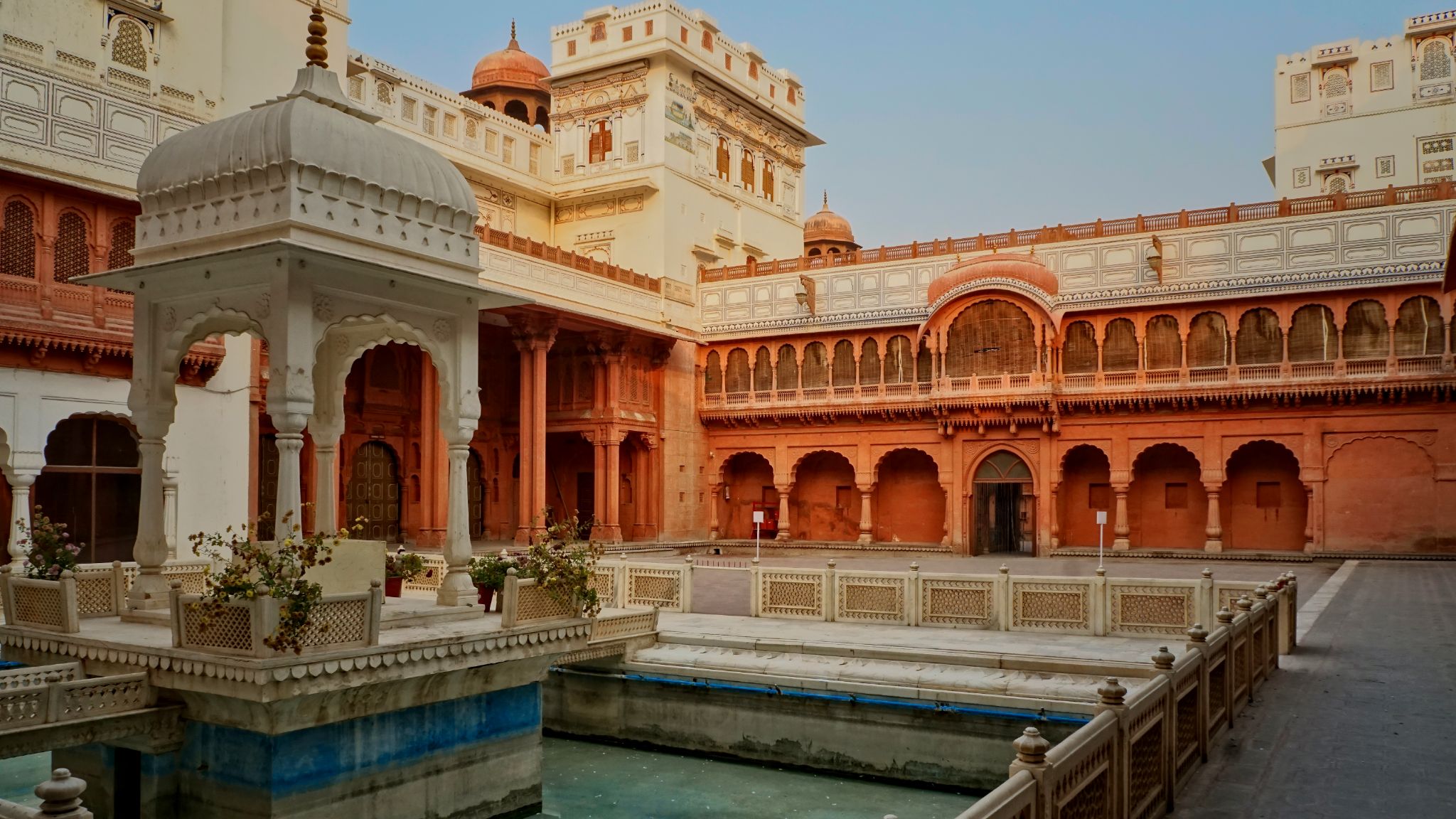
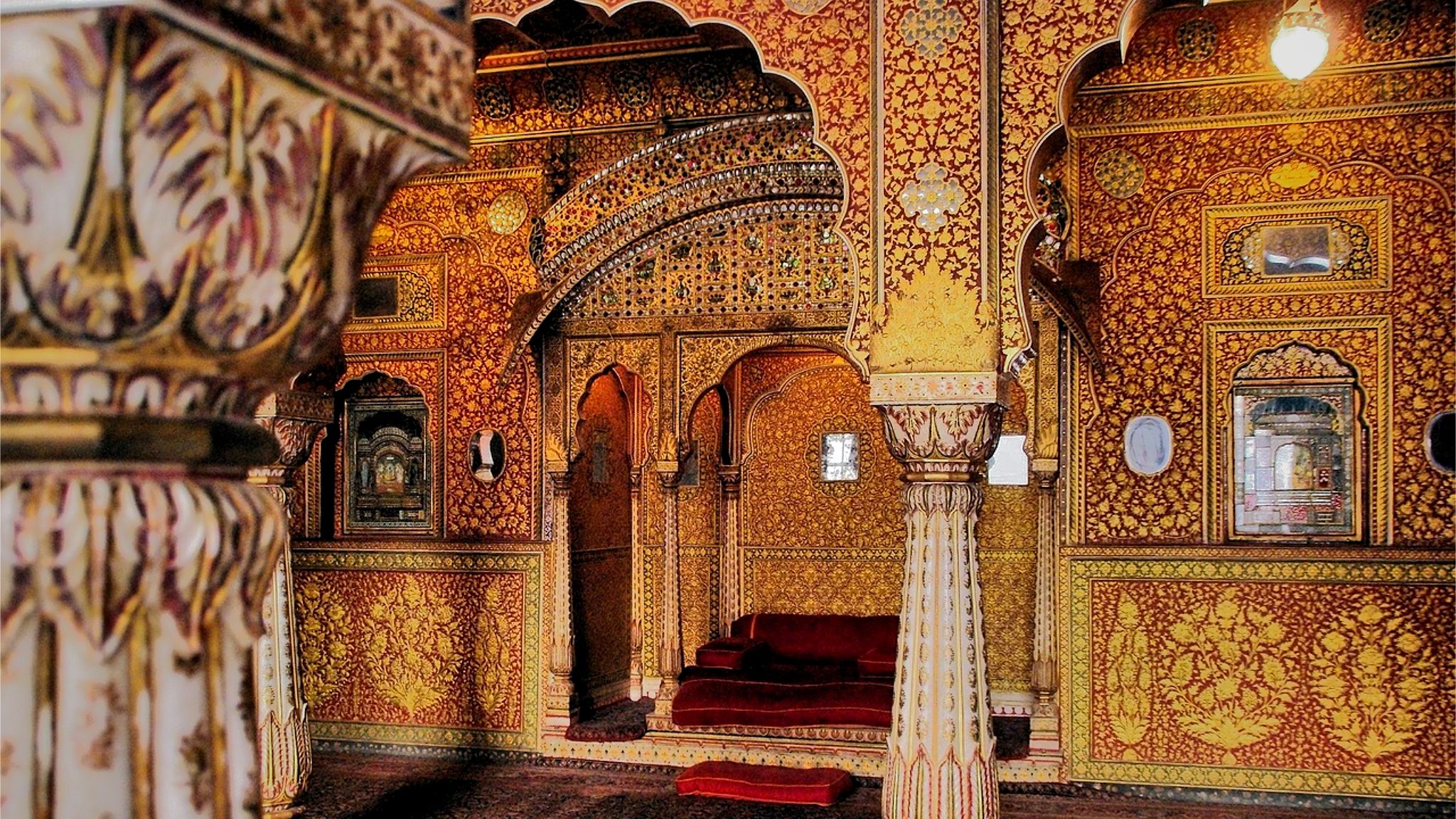
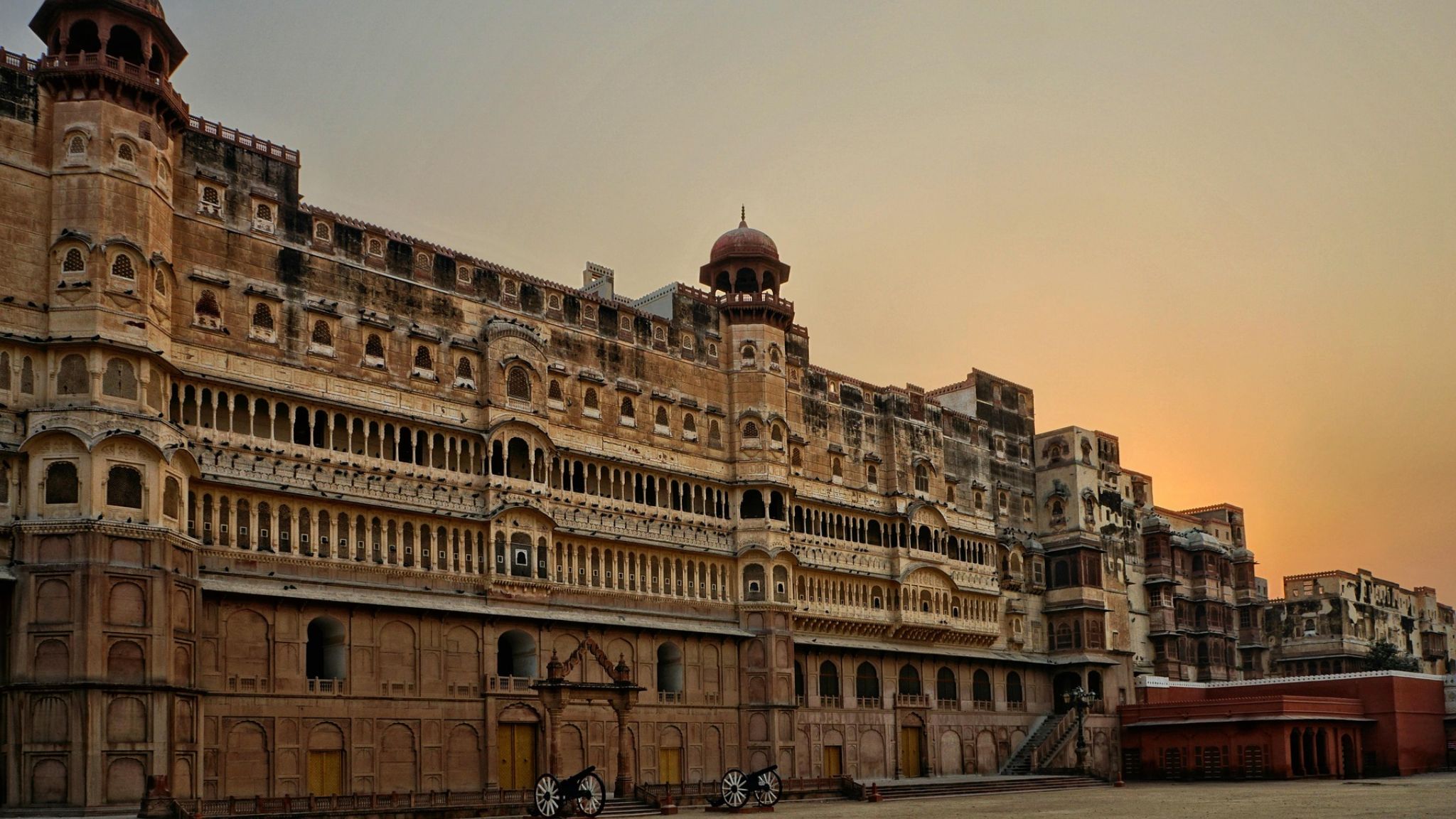
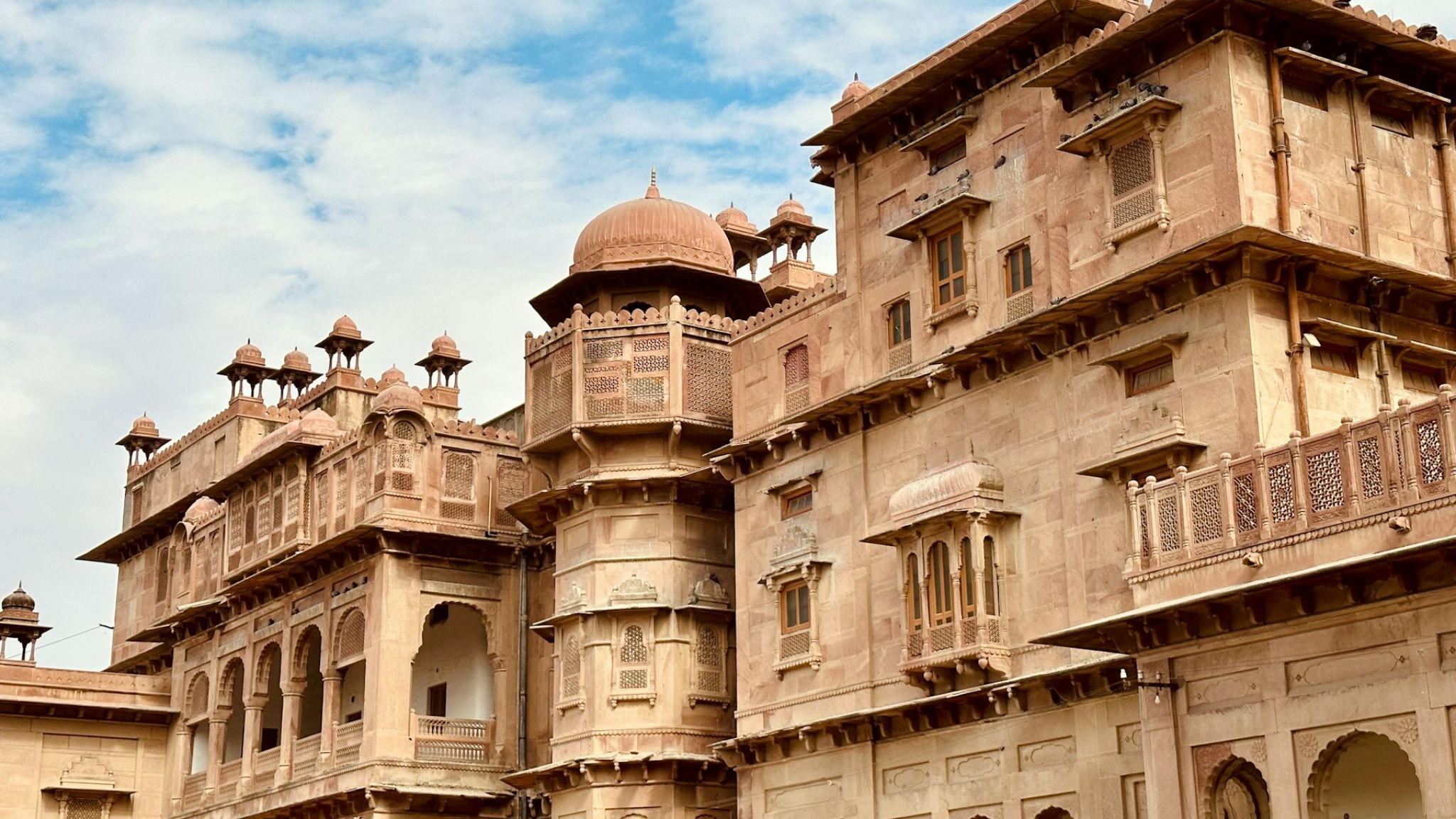
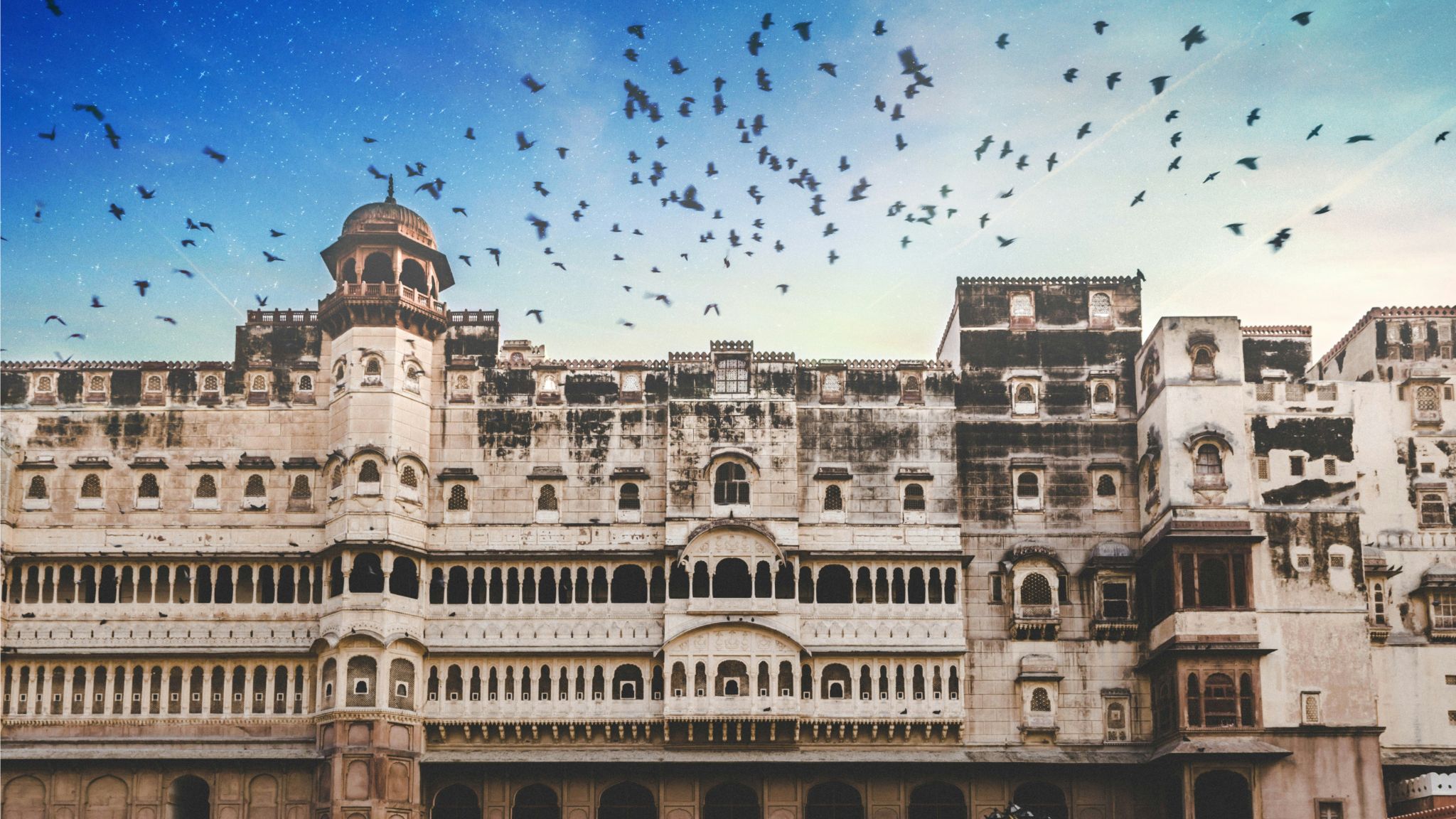
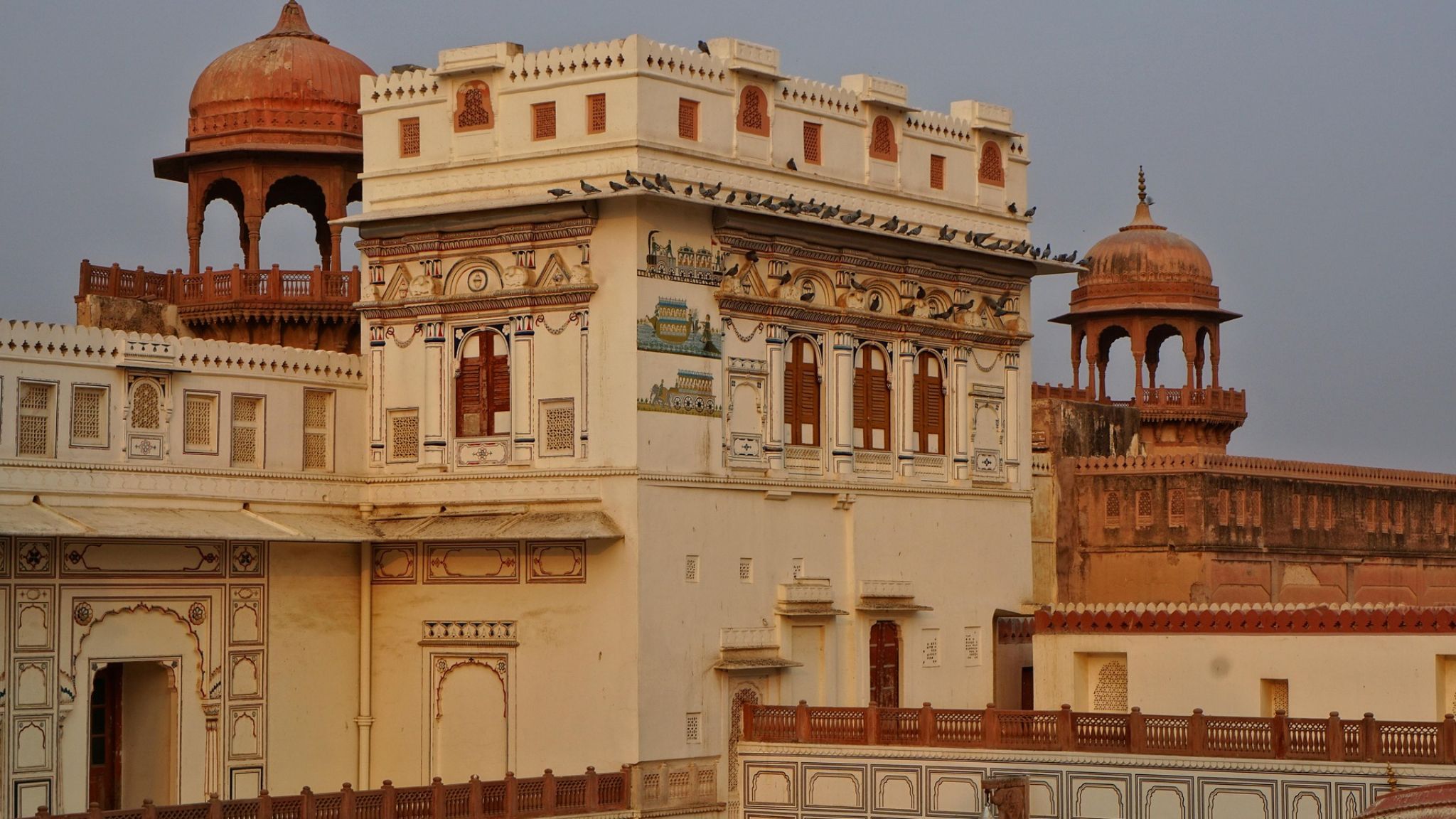
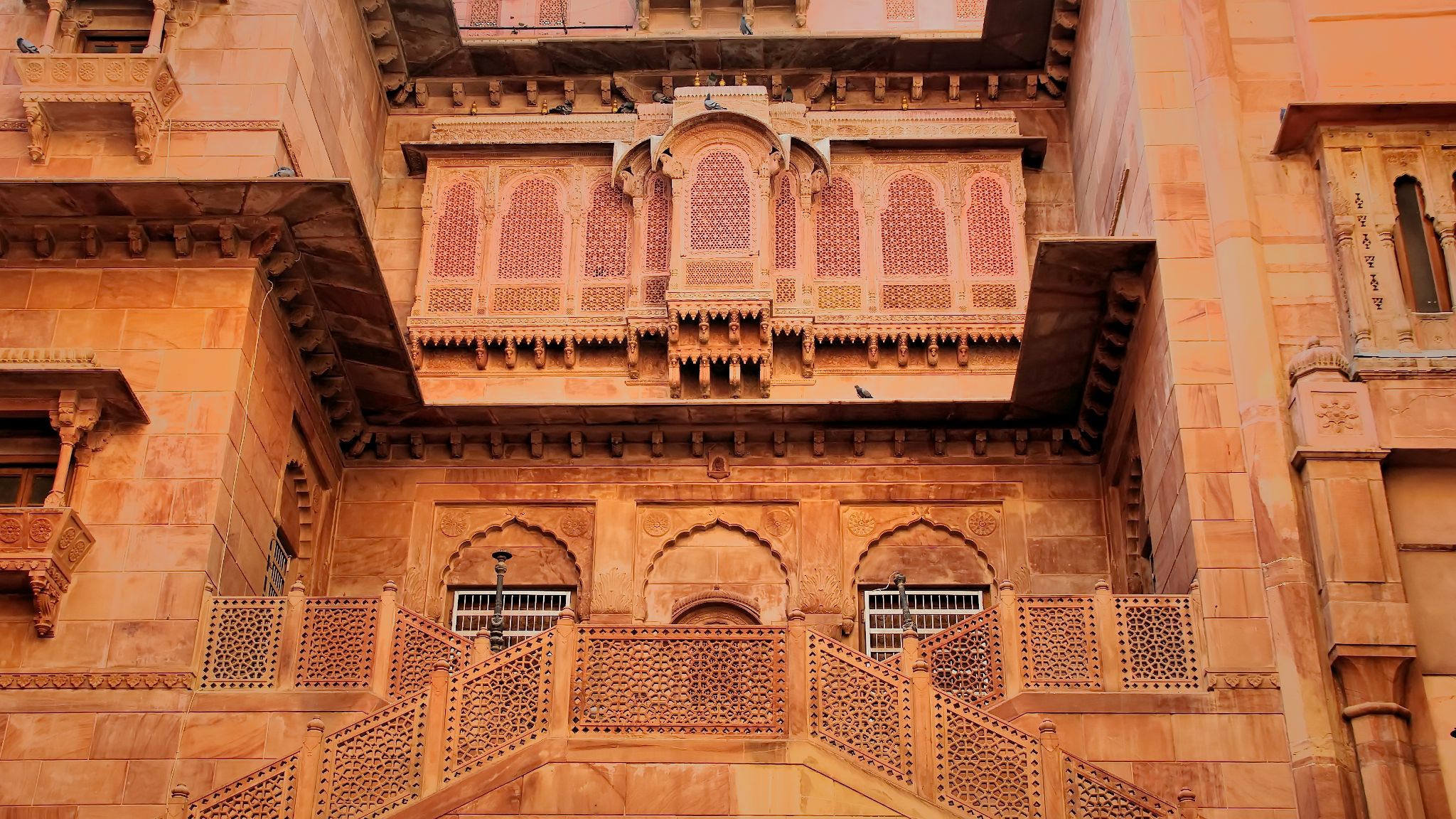
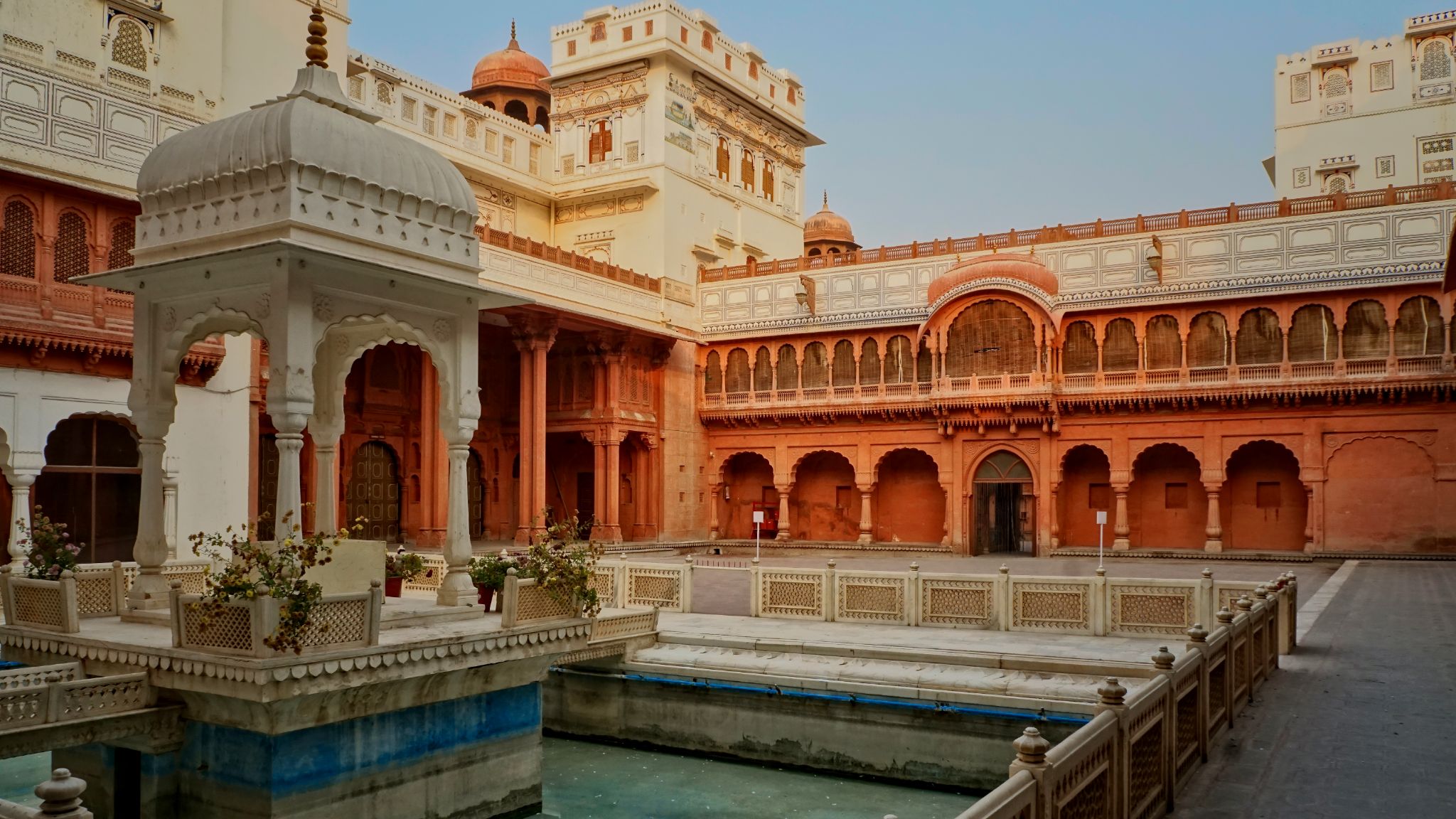
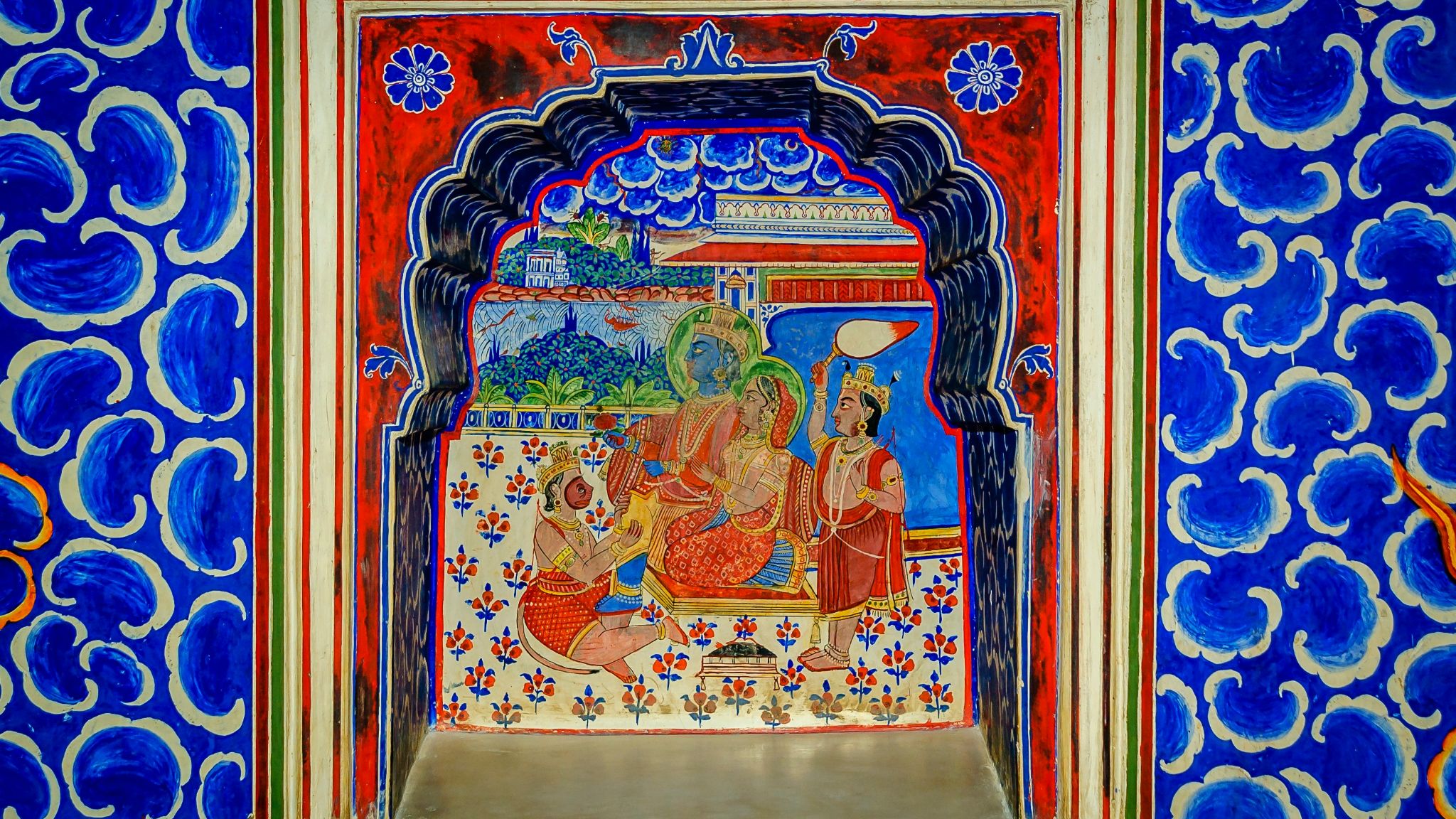
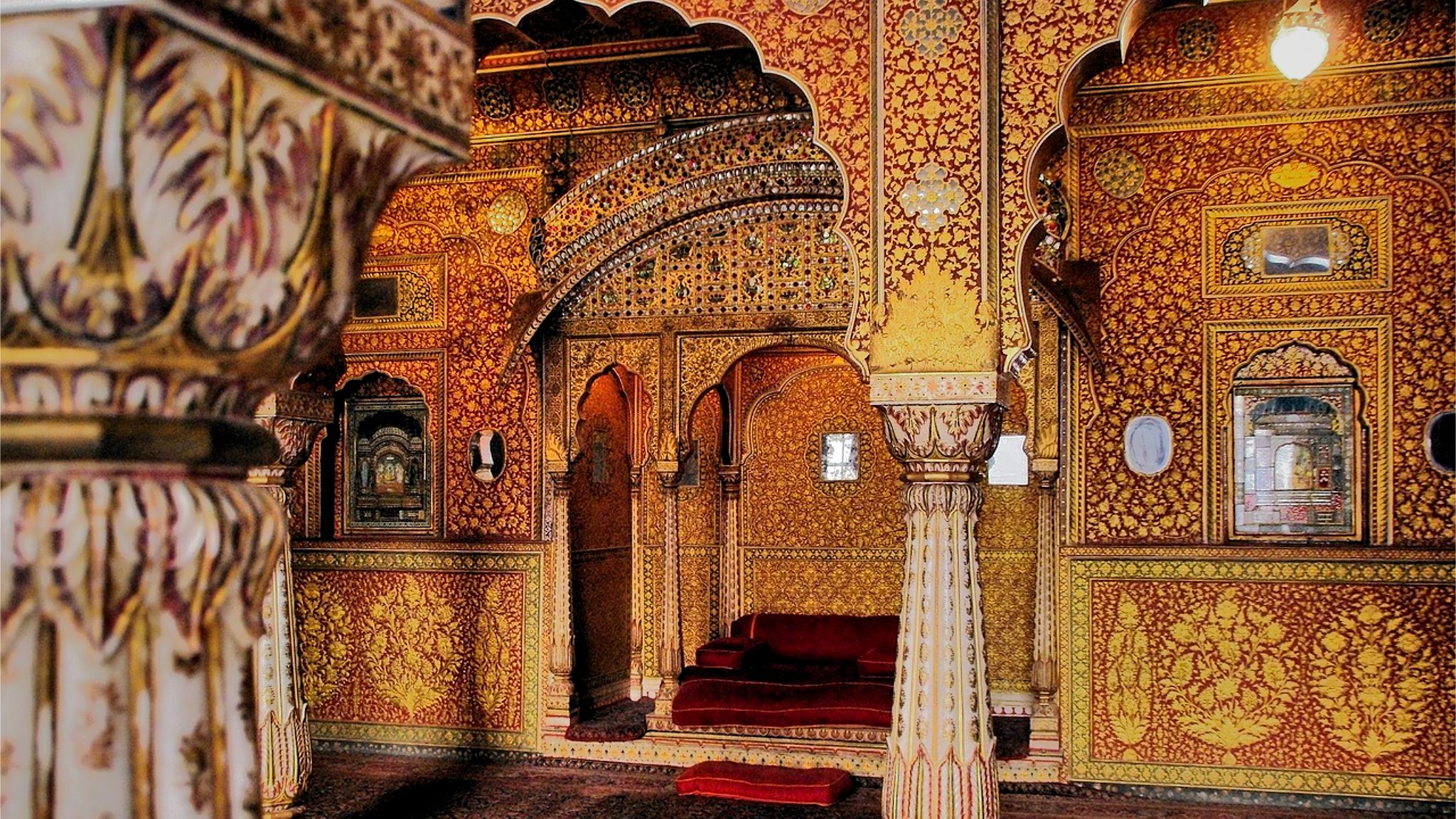
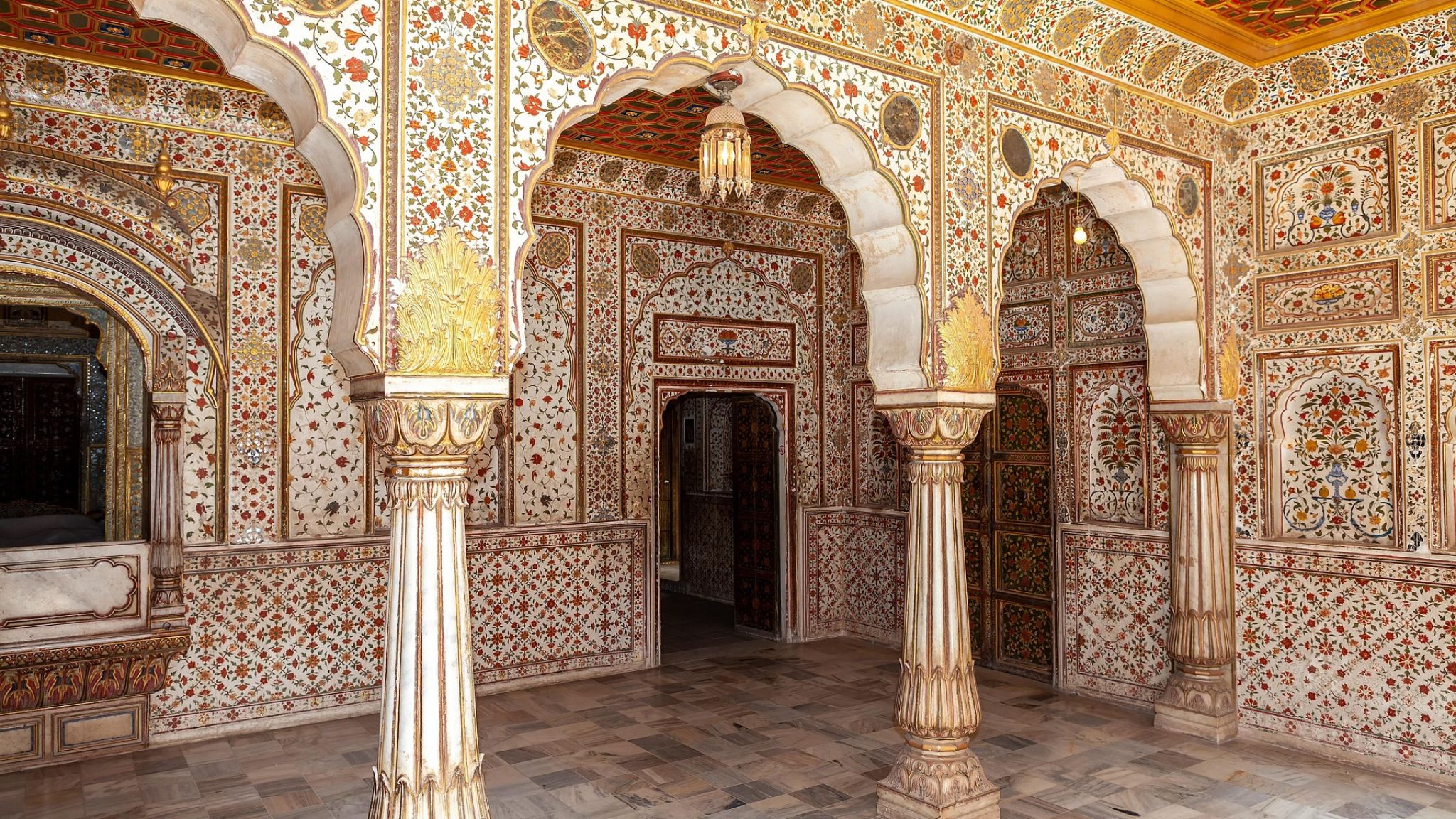
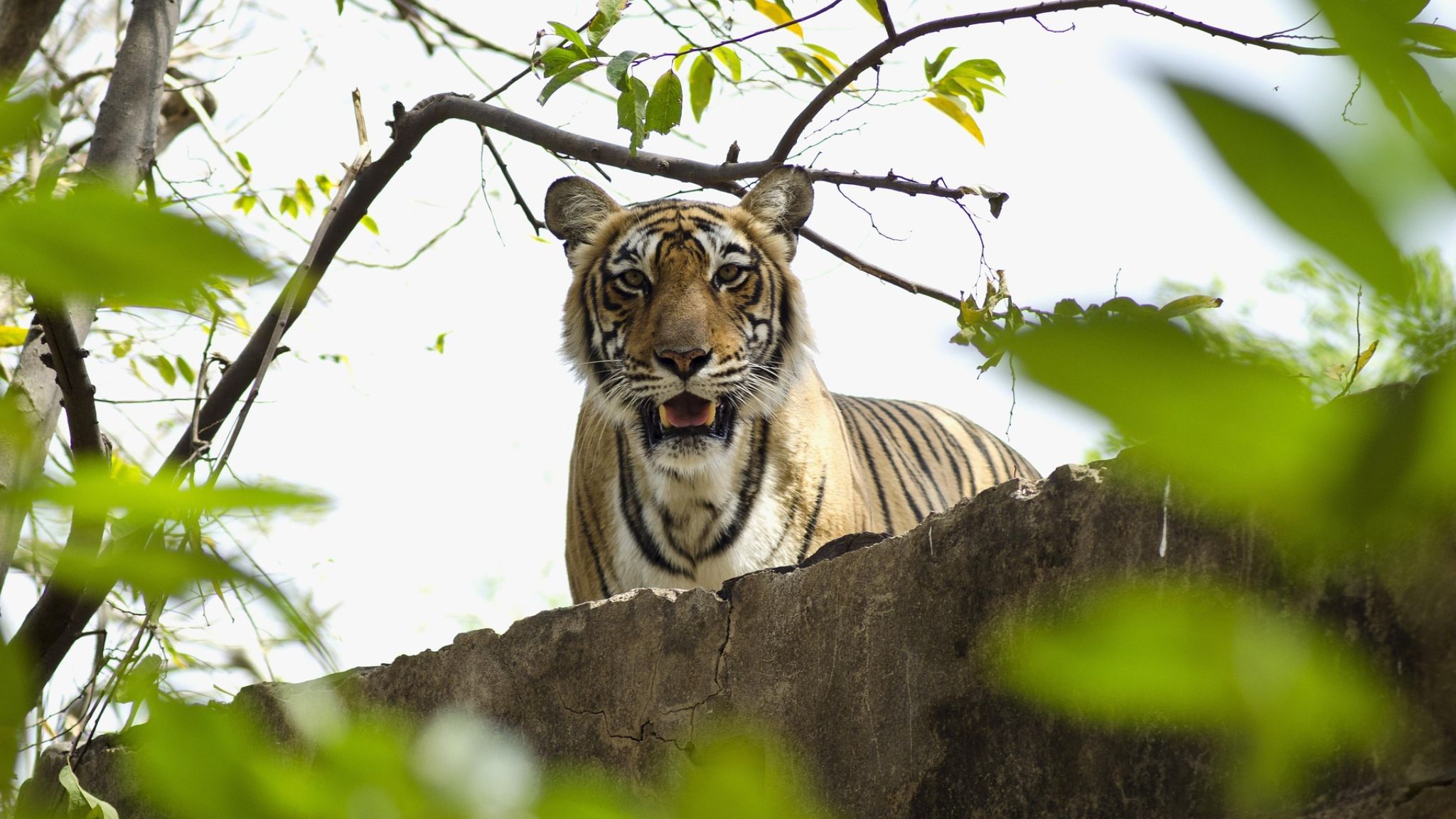
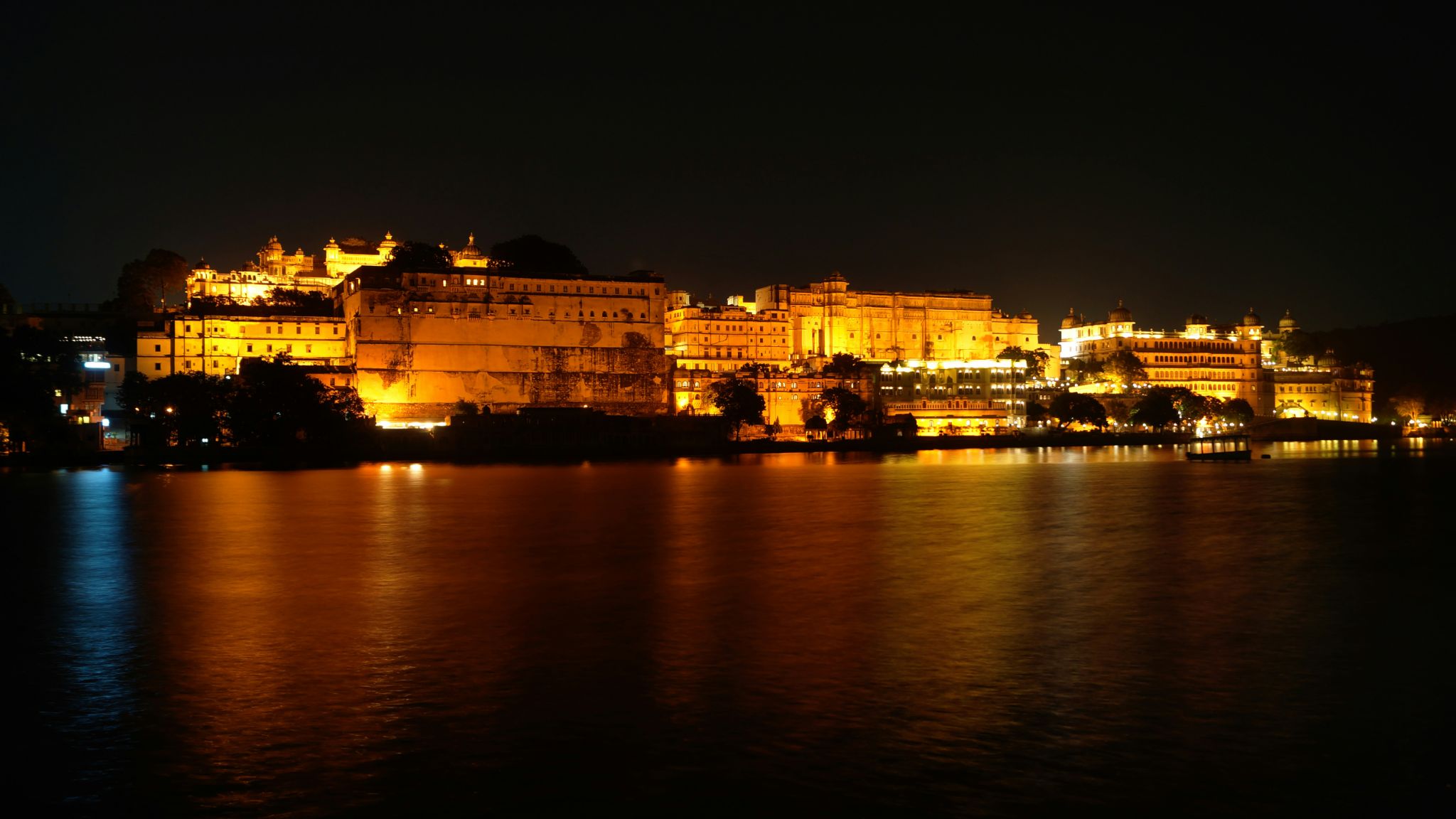




Leave a Reply